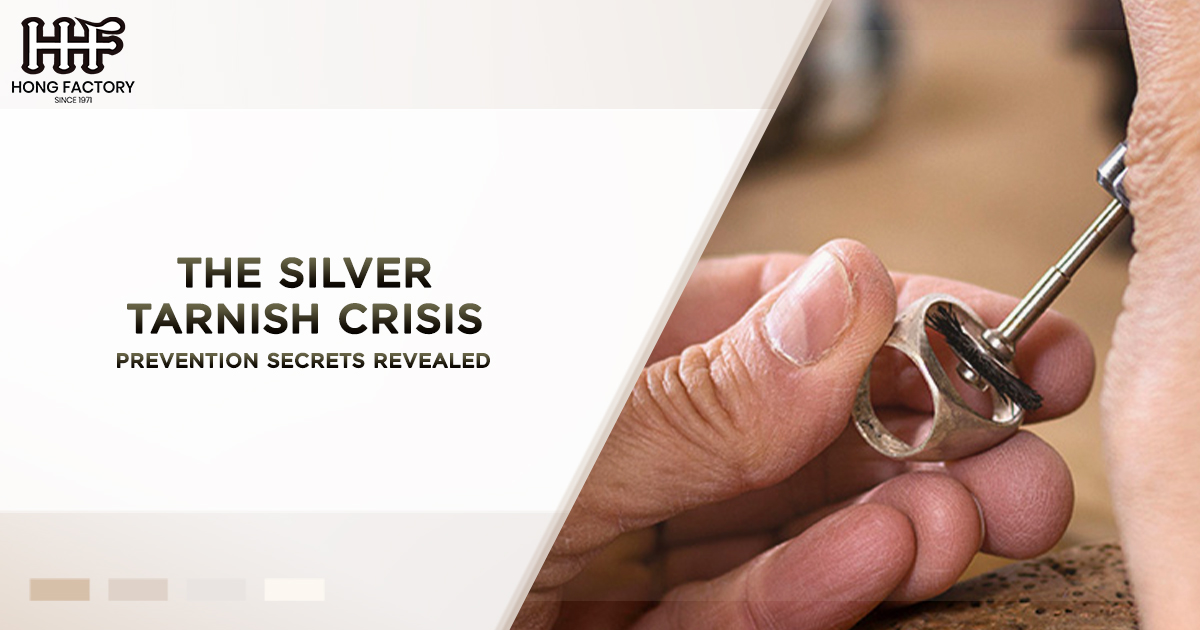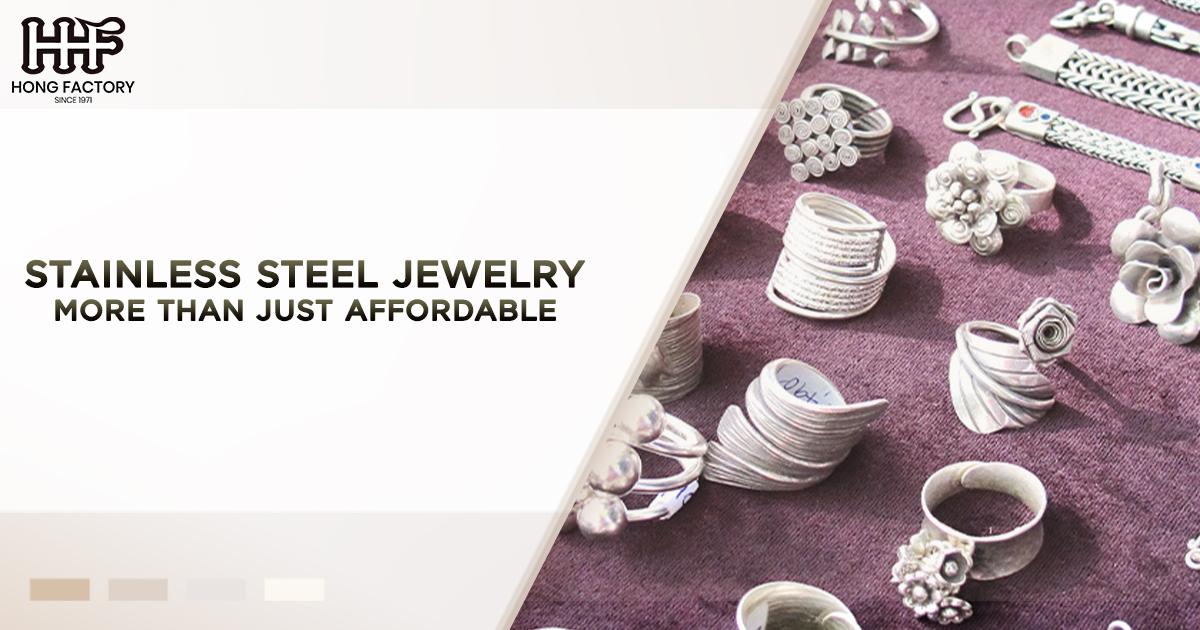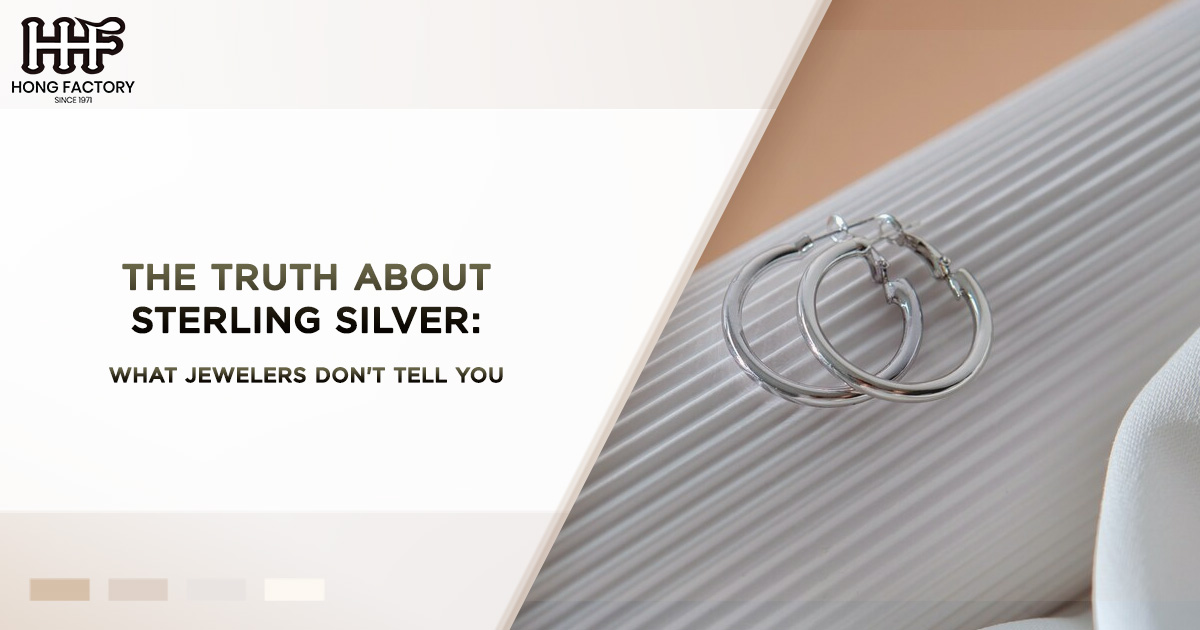Silver tarnish is a common and often frustrating problem for anyone who owns silver jewelry or household items. This natural phenomenon can dull the beauty of your precious pieces and diminish their value over time. However, understanding the causes of tarnish and adopting effective prevention and maintenance strategies can keep your silver looking pristine. In this article, we’ll delve into the causes of silver tarnish, effective prevention methods, cleaning solutions, and essential storage tips, all while incorporating keywords such as silver tarnish, prevention, maintenance, and silver care.
Tarnish Causes
Silver tarnish is primarily caused by a chemical reaction between silver and sulfur-containing substances in the air, which forms silver sulfide on the surface. This reaction leads to the black or grey discoloration known as tarnish. Several factors can accelerate this process:
- Humidity and Air Pollution: Moist environments increase the rate of tarnish as they facilitate the formation of silver sulfide. Urban areas with high pollution levels can also contribute to quicker tarnishing.
- Contact with Chemicals: Everyday products like lotions, perfumes, hair sprays, and cleaning agents can contain sulfur or other chemicals that promote tarnishing when they come into contact with silver.
- Food and Drink: Sulfur-rich foods such as eggs, onions, and certain types of seafood can cause silverware to tarnish if not cleaned promptly after use.
- Body Oils and Sweat: Natural oils and sweat from the skin can also react with silver, contributing to tarnish over time.
Prevention Methods
Preventing silver tarnish requires a proactive approach to silver care, focusing on reducing the exposure of your silver items to tarnishing agents. Here are some effective prevention strategies:
- Regular Cleaning: Regularly cleaning your silver items with a soft cloth or a special silver polishing cloth can help remove early signs of tarnish before they become severe. Ensure you wipe off any residue after wearing or using silverware.
- Use of Protective Coatings: Applying a thin layer of protective wax or lacquer can shield silver items from air and moisture. These coatings are readily available and can be used on less frequently used items.
- Avoiding Exposure to Chemicals: Remove silver jewelry when applying beauty products or cleaning. This minimizes direct contact with chemicals that may accelerate tarnishing.
- Desiccants and Anti-Tarnish Strips: Placing silica gel packets or anti-tarnish strips in storage areas can absorb moisture and gases, reducing the likelihood of tarnish forming.
Cleaning Solutions
When prevention isn’t enough, effective cleaning solutions can help restore tarnished silver to its original shine. Here are some recommended methods for cleaning silver:
- Homemade Baking Soda Paste: A mixture of baking soda and water can create a gentle yet effective cleaning paste. Apply the paste to the silver with a soft cloth, rub gently, and rinse with warm water.
- Aluminum Foil and Baking Soda Bath: Line a bowl with aluminum foil, add boiling water and a tablespoon of baking soda. Submerge the silver item, allowing the chemical reaction to remove tarnish. Rinse and dry thoroughly afterward.
- Commercial Silver Cleaners: Many commercial silver cleaners are available that can quickly and effectively remove tarnish. Follow the manufacturer’s instructions carefully to avoid damaging your silver.
- Vinegar and Baking Soda Solution: Soak silver in a solution of vinegar and baking soda for a couple of hours, then rinse and polish. This method is particularly useful for heavier tarnish.
Storage Tips
Proper storage plays a crucial role in maintaining silver’s appearance and preventing tarnish. Consider these silver care storage tips:
- Use of Anti-Tarnish Bags: Store silver in specially designed anti-tarnish bags or cloths that protect against sulfur and moisture.
- Individual Wrapping: Wrap silver items individually in acid-free tissue paper or soft cloth bags to prevent scratches and minimize exposure to air.
- Air-Tight Containers: Store silver in air-tight containers or boxes to reduce exposure to environmental pollutants and humidity.
- Avoid Wood Storage: Wood can emit gases that promote tarnishing. Avoid storing silver in wooden cases unless they are specifically designed to be tarnish-resistant.
Conclusion
Silver tarnish is an inevitable challenge for silver owners, but with the right knowledge and techniques, it can be effectively managed. Understanding the causes of tarnish enables you to implement targeted prevention strategies that minimize the speed and severity of tarnishing.
Regular maintenance through gentle cleaning and protective coatings, combined with mindful storage practices, can significantly enhance the longevity and beauty of your silver pieces. Whether you are preserving heirloom silverware or maintaining cherished jewelry, the secrets to preventing silver tarnish lie in a proactive approach and consistent silver care.
By investing time in these practices, you ensure that your silver not only retains its value but continues to shine brightly, adding elegance and charm to your life. Remember, maintaining silver is not just about preserving its appearance, but also about cherishing the memories and meanings embedded in each piece.



